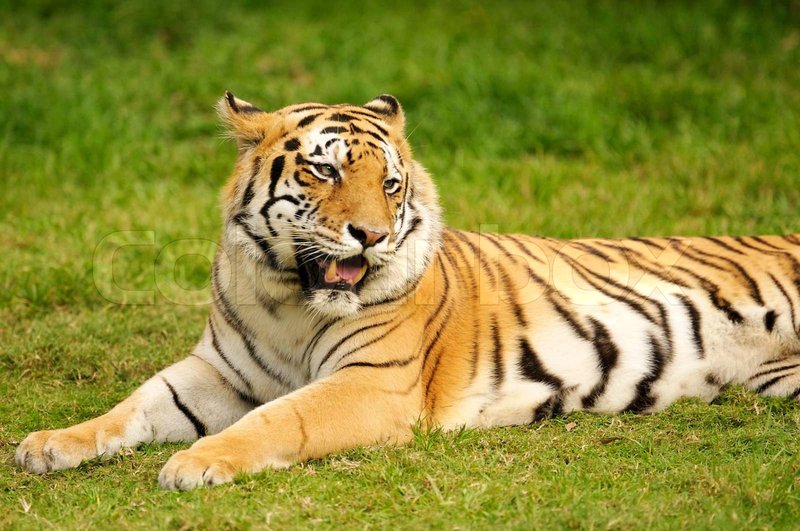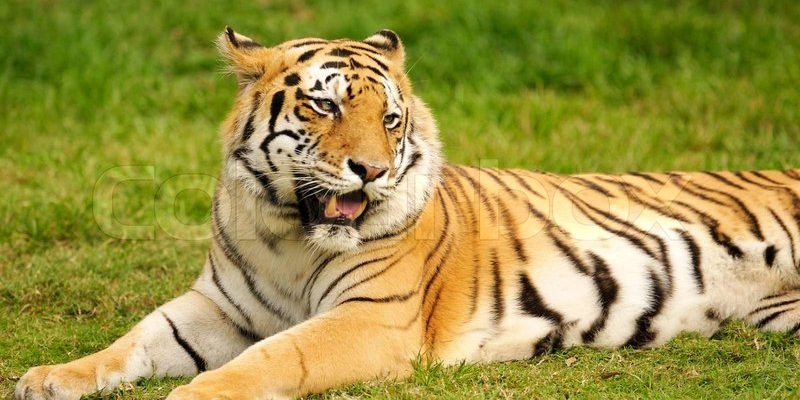
So how do they manage to thrive in these tough climates? Well, it boils down to a mix of their fascinating adaptations, keen instincts, and unique behaviors. Let’s dive into the world of Bengal tigers and see how they tackle their challenging habitats, from the scorching sun to the frigid winters.
The Bengal Tiger’s Habitat: Diversity in Environment
Bengal tigers are found in a wide range of habitats, from the tropical forests of Sundarbans to the grasslands of Terai and even the cold forests of the Himalayas. That’s a lot of ground to cover! Each environment presents its own challenges, but tigers have adapted beautifully to suit their surroundings.
In tropical forests, the thick foliage provides them with cover while hunting and hiding from potential threats. However, it can also be sweltering. Here’s where their unique striped fur comes into play. The stripes help them blend into the shadows of the jungle, making it easier for them to stalk their prey. And, just like a well-chosen outfit, their coat keeps them cool during the heat of the day, reflecting sunlight and allowing them to hide in the underbrush.
In contrast, in colder regions, Bengal tigers grow thicker coats to insulate themselves against chilly temperatures. You might wonder why they don’t hibernate like bears. Well, tigers are solitary hunters, and they need to be active year-round to find food. Their adaptability is truly impressive!
Physical Adaptations: Nature’s Engineering Marvel
Bengal tigers are built like finely tuned machines. Their muscular bodies are designed for strength and agility. Let me explain how this works. Their legs are incredibly powerful, enabling them to leap long distances. This is vital for pouncing on prey, whether it’s a deer in a dense forest or a wild boar in an open field.
Furthermore, Bengal tigers have sharp retractable claws and strong jaws filled with sharp teeth. These tools are perfect for gripping onto their prey and delivering a swift, lethal bite. It’s nature’s way of ensuring they can secure their dinner, even in tough conditions. Think of it as having the ultimate toolbox for survival.
But there’s more. Cats, including tigers, have an extraordinary sense of hearing and sight. They can detect even the slightest movement or sound in their surroundings, making them exceptional hunters. With keen senses in their favor, they can remain hidden and stealthy, even in challenging environments.
Behavioral Adaptations: Masters of Survival
Bengal tigers exhibit a range of behavioral adaptations that further enhance their survival skills. One key trait is their solitary nature. Unlike lions, tigers prefer to roam alone. This not only reduces competition for food but also allows them to cover larger territories in search of prey. They’re like skilled solo artists in a world filled with crowded stages.
Moreover, Bengal tigers are highly adaptable hunters. They use various techniques to catch their dinner. In dense jungles, they may stalk quietly, using the trees for cover. In open areas, they can rely on their speed to chase down faster prey. This flexibility is critical for survival because it allows them to thrive in different environments.
What’s more, their remarkable ability to swim plays an essential role, especially in the Sundarbans, where they might need to navigate through water. You might find it surprising, but these cats are known to take a dip in rivers and even swim long distances to chase prey.
Diet and Hunting Strategies: Fueling the Bengal Tiger
Now, let’s talk about fuel. What do these magnificent cats eat? Bengal tigers are carnivores and primarily hunt large prey such as deer, wild boar, and sometimes even water buffalo. They’re opportunistic hunters, meaning they’ll take advantage of whatever is available in their environment.
Their hunting strategy is a blend of stealth, strength, and patience. Tigers often stalk their prey until they’re within striking distance. You might think this sounds exhausting, but it’s all about conserving energy. They prefer to wait for the perfect moment to strike, ensuring they maximize their chances of a successful hunt.
In harsh environments, where food might be scarce, they may travel several kilometers to find their next meal. This is another way they show their adaptability. If one area doesn’t yield enough food, they’ll simply look elsewhere. It’s like being on a never-ending quest for a delicious meal, and they won’t stop until they find it.
Relationships and Reproduction: Passing on Survival Skills
Bengal tigers have unique social structures that also play a role in their survival. While they are mostly solitary, they do interact during mating season and while raising cubs. Female tigers raise their young alone, teaching them everything they need to survive in the wild.
This maternal care is crucial. Cubs stay with their mother for about two years, learning how to hunt, establish territories, and avoid dangers. It’s like a survival school, where every lesson counts. The mother’s dedication ensures that the cubs are ready to face the challenges of the environment when they leave.
Interestingly, the bonds these tigers forge can resonate with how they adapt to their surroundings. By passing on knowledge about hunting techniques, territory management, and recognizing threats, mothers equip their young with essential survival skills. It’s a generational cycle that keeps the Bengal tiger thriving across their vast habitats.
Conservation Challenges: The Fight for Survival
Despite their incredible adaptations, Bengal tigers face serious threats that challenge their survival. Habitat loss is one of the most pressing issues. As forests are cleared for agriculture or urban development, tigers lose their homes and hunting grounds. It’s heartbreaking to think that these majestic animals might struggle to find food and shelter due to human activities.
Poaching is another major concern. Tigers are hunted for their beautiful pelts and body parts, which are often sold in illegal markets. This further diminishes their already fragile population. It’s a grim reality, but many organizations are working hard to combat these issues and protect these stunning creatures.
Conservation efforts focus on establishing protected areas, enforcing anti-poaching laws, and raising awareness about the importance of tigers in ecosystems. It’s a collaborative effort, and everyone has a role to play—whether you’re a scientist, a philanthropist, or just someone who loves wildlife.
Bengal tigers are a true testament to nature’s resilience and adaptability. From their impressive physical features to their clever behaviors, they have evolved over time to survive in harsh environments. However, they still need our help to thrive. As we continue to learn more about these majestic cats, let’s remember the importance of protecting their habitats and supporting conservation efforts.
Together, we can ensure that future generations experience the wonder of Bengal tigers in their natural environments. After all, these magnificent creatures are not just a symbol of wild beauty; they’re an essential part of our planet’s ecosystem. And, like any good story, their survival depends on all of us.

